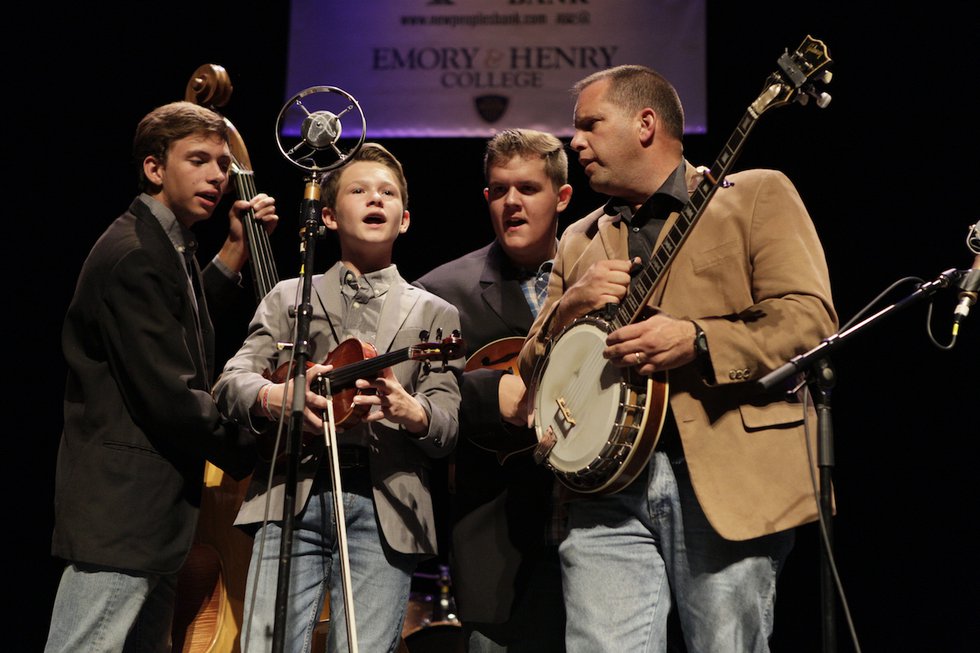The heyday of the Chesapeake Bay oyster.

Illustration by Robert Meganck
Consider the oyster.
Consider, in particular, which ancient human first endeavored to hack through the bivalve’s stony, fortressed exterior, beheld the glistening, yellowish-gray glob within, and thought, of all unlikely reactions: “Yum.”
Because let us be honest—this salty, sea-flavored squish of mucous doesn’t exactly kill it on first impressions. And yet, “To truly get the flavor of the oyster, you have to eat it raw with nothing on it,” insists Tommy Leggett, an oyster restoration and fisheries scientist with the Chesapeake Bay Foundation, but also a longtime waterman himself, and the owner of Chessie Seafood and Aquafarms on the York River near Gloucester Point.
If winemakers have their “terroir,” says Leggett, oyster aficionados speak of “merroir,” the distinctive flavor of a raw oyster that is defined by the water in which it has grown.
“They taste different depending on the salinity of the water and the mineral characteristics of the sediment the oyster grew on, and they are all good and they all have their own unique flavor,” says Leggett.
“Raw” here of course means not just “uncooked” but in fact “still alive,” so if you are less keen on experiencing a half-dozen on the half-shell, there are plenty of other ways to get your oyster on (roasted, grilled, gratinéed, frittered, po’boyed or pickled, for instance). Leggett admits he can’t resist a fried oyster, and for many people, nothing says Christmas morning like a flotilla of oysters bobbing in a pool of butter and milk.
Oysters also, of course, have a reputation as seduction’s foodstuff, an aphrodisiac worthy of Casanova, who claimed to down dozens for breakfast. Scientific support for this notion is less than robust, although researchers made a small splash a few years ago by revealing that oysters and other bivalve mollusks serve up heady helpings of amino acids that might boost the production of sex hormones.
Once, the native Eastern oyster, Crassostrea virginica, was almost unimaginably plentiful in the lower Chesapeake Bay and the tidal reaches of its tributaries; the first English settlers found oyster shoals so vast that they posed a hazard to sailing ships. Oysters spend a very brief period at the beginning of their lives floating freely before attaching themselves to a suitably firm surface to go about the business of growing into an adult. What they particularly like attaching themselves to is another oyster shell, and, once attached, baby oysters, known as “spat,” typically grow at a rate of one to three inches a year. These days, the life span of a Bay oyster is probably around three to six years, but there are documented cases of oysters living for decades in captivity, growing all the while. When eventually the older oysters die away, their shells remain, building a reef, layer upon layer.
Oysters are filter feeders, constantly drawing in water from which they screen the free-swimming phytoplankton. The daily tides of the Atlantic and the major rivers that flow into the Bay provide an inviting habitat for oysters. In turn, oysters have proved integral to the health of the Bay. A single oyster can filter about 50 gallons of water in a day, cleansing it of sediments and organic materials that can cloud the water. It is estimated that once there were enough oysters in the Bay—tens of billions of them—to filter all its water in a matter of days.
We know, alas, where this story is going. In the 19th century, the Bay’s oyster plentitude engendered a shellfish gold rush. Huge numbers of oysters were pulled from the Bay year after year. At their peak in the late 1800s, harvests numbered between 14 and 20 million bushels of oysters; this continued, even as the numbers of oysters began to decline, well into the 20th century. Oyster beds were wiped out, then mined for the shells below. Pollution and habitat destruction exacerbated the situation, and then two potent, parasitic oyster diseases, MSX and Dermo, further devastated the population. Today, although a range of preservation and restoration efforts—from citizen “oyster gardening” and oyster-shell donation programs to commercial oyster farming—show promise, oyster harvests are still at less than 1 percent of their 19th-century highs.
Beyond their value as food and as vital players in the health of the Bay’s ecosystem, oysters are interesting creatures in their own right. They are capable of changing their sex, for one thing: Typically born male, most eventually become female. They’re mature and ready to spawn after a year, which they do when water temperatures warm. The tradition of only eating oysters in months with an “R” in their name is at least in part related to the fact that spawning takes some of the oomph out of an oyster; they are plumper and tastier in the cooler, non-spawning months.
Oysters create their own shells by absorbing calcium and calcium carbonate from the seawater, which is a neat trick when you think about it; imagine if you could build your own bungalow by way of your daily corn flakes. The Eastern oyster’s iconic shell—flatter top, more cupped below—is of course familiar to many a Virginian who has enjoyed a few or a few hundred on the half-shell. And therein, from the oyster’s point of view, lies the fundamental flaw in the design. Woe betide the bivalve; it serves itself in its own dish.
This article originally appeared in our December 2014 issue.










